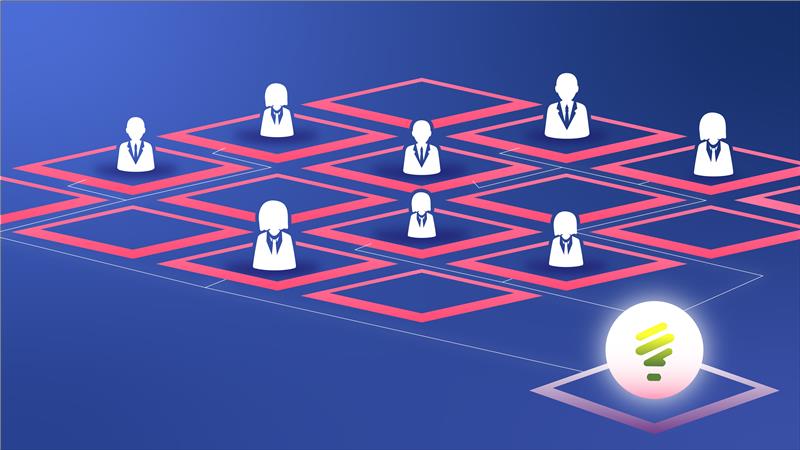Introduction
In today’s fast-evolving SaaS landscape, delivering scalable, affordable, and maintainable solutions is essential for businesses seeking seamless client integration. Multi-tenant architecture supports this goal. At Lentera Technologies, we use this approach to provide secure, efficient digital solutions. Whether it’s an AI-powered platform, mobile app, or enterprise application, multi-tenancy lets you serve multiple customers from a single codebase while keeping their data isolated. In this blog, we’ll explore what multi-tenancy is, how it drives scalability, and how Lentera applies it across our services.
What is Multi Tenant Application Design?
A software architecture known as a multi-tenant application is one in which a single instance of the program serves several clients or businesses (tenants). The same application resources are shared by all tenants, but their data is safely segregated. In contrast, a single-tenant design has a distinct instance of the program for every customer.
Key Benefits
1. Resource Efficiency: Share resources like databases, servers, and infrastructure.2.Cost Optimization: Reduced maintenance and hosting costs.
3. Faster Updates: Deploy features and fixes across all tenants simultaneously.
4. Centralized Management: Simplified monitoring, support, and version control.
Scalability Without Complexity
Scalability is a challenge when firms expand. By adding new tenants, you may extend horizontally with multi-tenant design without having to duplicate codebases or infrastructure. Since we at Lentera build systems with scalability and modularity in mind from the beginning, our clients may grow without having to completely revamp their tech stack.

How Lentera Leverages Multi-Tenant SaaS Architecture
Lentera Technologies offers a wide range of services that are entirely consistent with multi-tenancy principles:
1. AI Services: Based on their data, our intelligent multi-tenant solutions enable AI models to provide insights to many clients. Each tenant has access to customized AI outputs, such as recommendation engines and predictive analytics, without sacrificing data privacy.2. Web Development: Our SaaS-based web solutions are perfect for e-commerce, CRM systems, and learning management platforms because they leverage multi-tenant frameworks to enable portals, dashboards, and platforms that serve different enterprises.
3. Mobile App Development: Using a shared codebase and backend, we create mobile apps with dynamic tenant-specific branding, content, and user roles, which speeds up development and deployment cycles.
4. Software Consulting: For multi-tenant SaaS platforms, our consulting team assists startups and businesses in selecting the best architecture, tools, and design patterns that complement their expansion objectives.
5. Third-Party Integration: When APIs like as payment gateways, CRMs, or analytics tools are integrated in a multi-tenant manner, renters can link their own accounts while using shared services in the background.
6. Custom Development: With tenant-specific features, access controls, and pricing logic, we create custom SaaS solutions for clients with distinctive business models, guaranteeing that each client receives a customized experience.
7. Enterprise Applications: Lentera’s enterprise and large-scale multi-tenant ERP solutions enable businesses to handle operations, finance, and human resources in a centralized yet separate setting.
Conclusion
Multi-tenant architecture is the foundation of contemporary SaaS services. It offers the perfect balance of scalability, efficiency, and simplicity, enabling businesses to grow without incurring additional technical debt or complexity. As specialists in developing and designing such solutions, we at Lentera Technologies help businesses across a range of industries optimize the potential of shared platforms while maintaining security and performance. If you have any questions, please send an email to info@lentera.in.




